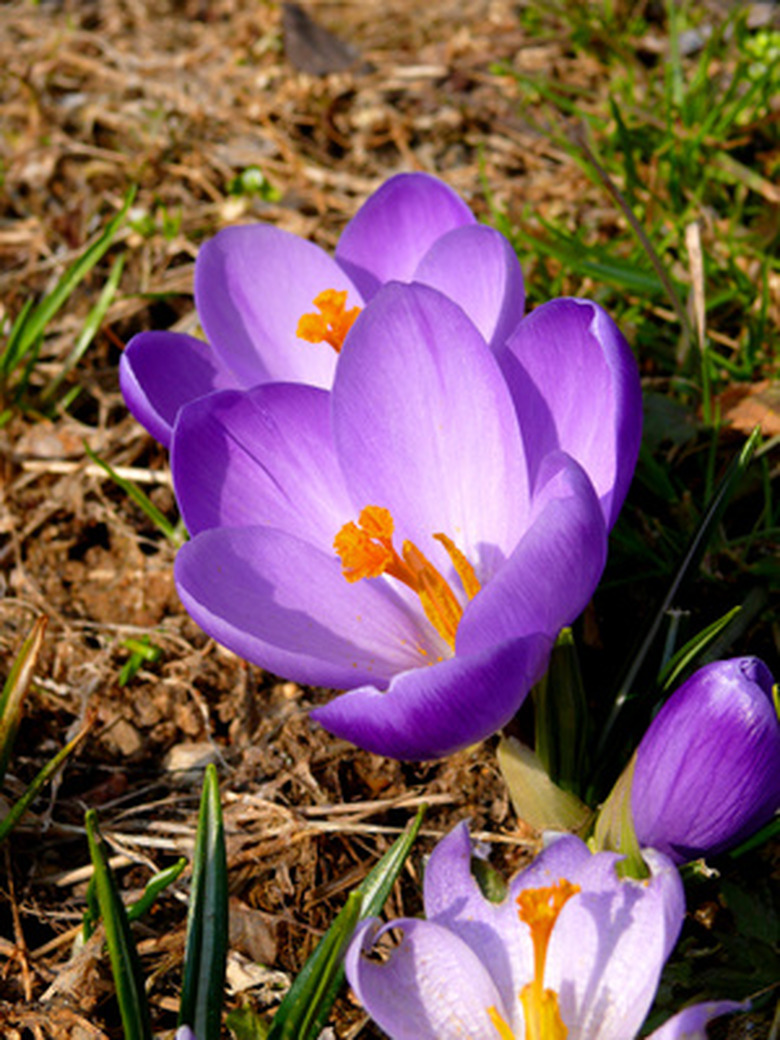Flowering Plants Characteristics
Flower-bearing plants and nonflower-bearing plants together encompass all the seed-producing plants in existence on the earth. Flower-bearing plants, or angiosperms, are distinguished from nonflower-bearing plants, or gymnosperms, by some very obvious and important characteristics, the flower is the most obvious. Flowers are not just for aesthetic purpose; rather they are reproductive organs of the plants.
Appearance
Flowering plants visually distinguishable from nonflower bearing plants by their physical appearance. The flowers themselves are the main distinguishing factor. Flowers are the reproductive organs of the flowering plants. They serve the dual functions of producing the male and female reproductive cells and attracting birds, bees and insects for the purpose of pollination. Flowers have distinguishing features like attractive and inviting colors, fragrance and sweet nectar. Flowering plants can range from very simple plants with a basic structure of carpels and stamens to complex structures with highly evolved flowers.
- Flower-bearing plants and nonflower-bearing plants together encompass all the seed-producing plants in existence on the earth.
- Flowers are not just for aesthetic purpose; rather they are reproductive organs of the plants.
Reproduction
Flowering plants reproduce sexually. Reproduction occurs when pollen grains, or the male cells, fertilize the megaspores, or female cells. Most plant species produce light, fluffy pollen grains. The wind drops the pollen other plants. Some species produce sticky pollen grains. They produce attractive and fragrant flowers that lure birds and insects to the flowers. The sticky pollen cells stick to the insects and birds and are transported to other plants by them. Pollination occurs when they come in contact with a female cell of the same species.
- Flowering plants reproduce sexually.
- The sticky pollen cells stick to the insects and birds and are transported to other plants by them.
Seeds
Seeds also define flowering plants. Flowering plants protect the seeds with tissue that covers the seed and provides it with nutrition. Fruits achieve this function in plants where the flower develops into a fruit. Seeds in flowering plants can be of two types. Monocotyledons have only one embryonic leaf in their seeds while dicotyledons have two. While this is not the most reliable method of visually distinguishing a plant, monocotyledons and dicotyledons form important characteristic among flowering plants.
